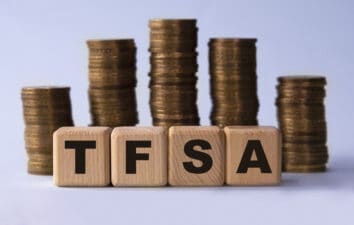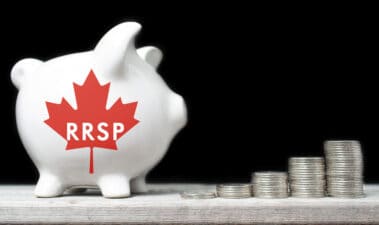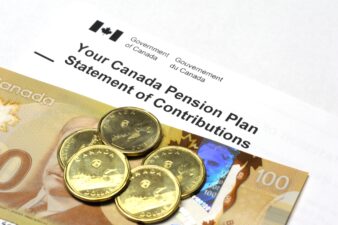Entering retirement should be exciting. Yet, for many, it can be incredibly anxiety-inducing. After all, you likely no longer have a job. And that means you no longer have an income to count on. This is why today we’re going to look at how to create tax-free retirement income.
This is income you can count on for life. Through a combination of your Tax-Free Savings Account (TFSA) and Registered Retirement Savings Plan (RRSP), retirees can bring in tax-free retirement income right now.
Contribute!
Before you begin, it’s important that you understand the basics of the TFSA and RRSP. For the TFSA, contributions are made with after-tax dollars, and withdrawals are tax-free. Investment income and capital gains within the account are also tax-free. Meanwhile, for the RRSP, contributions are tax-deductible, which can reduce your taxable income. However, withdrawals are taxed as income at your marginal tax rate in retirement.
Then, you’ll want to maximize both. Aim to contribute to both accounts to take advantage of the unique benefits of each. The maximum annual contribution limits vary, so ensure you stay within these limits. Contribute more to your RRSP to reduce taxable income, especially if you’re in a higher tax bracket. Meanwhile, focus on TFSA contributions, as the immediate tax benefit of an RRSP contribution is less valuable when your income is lower.
Strategize
There is then a strong way to strategize when it comes to withdrawing retirement income. Convert your RRSP to a RRIF (Registered Retirement Income Fund) by the end of the year you turn 71. Withdrawals from an RRIF are subject to tax but can be managed to minimize your overall tax burden. Use your TFSA for withdrawals to supplement your retirement income without increasing your taxable income. This can help manage your tax bracket and avoid clawbacks on government benefits like OAS (Old Age Security).
Furthermore, plan for the minimum withdrawal requirements from your RRIF to ensure you don’t withdraw more than necessary, which could push you into a higher tax bracket. Use your TFSA to cover unexpected expenses or as a buffer for years when you want to withdraw less from your RRIF.
Finally, if you have a spouse, you can split eligible pension income (including RRIF withdrawals) to reduce the overall tax burden.
Manage investments wisely
When it comes to inviting, diversify your investments within both accounts to balance growth and risk. Consider your risk tolerance and time horizon. Place more tax-efficient investments (e.g., Canadian equities, growth stocks) in your TFSA and less tax-efficient investments (e.g., bonds, foreign dividends) in your RRSP.
In this case, for your investments, consider Canadian National Railway (TSX:CNR) and BMO S&P/TSX Capped Composite Index ETF (TSX:ZCN). CNR is one of the largest railway networks in North America, providing essential transportation services for goods across Canada and the United States. It transports a wide range of products, including petroleum, chemicals, grain, fertilizers, and consumer goods, reducing reliance on any single commodity.
CNR stock has a history of steady revenue and earnings growth, supported by its efficient operations and strategic investments in infrastructure. It holds a track record of paying and increasing dividends, making it an attractive choice for income-focused investors. Finally, CNR stock benefits from significant barriers to entry in the railway industry, including high capital requirements and regulatory constraints.
Meanwhile, the ZCN exchange-traded fund (ETF) is another strong choice. ZCN provides exposure to a wide range of Canadian companies across various sectors, reducing individual stock risk. The ETF tracks the S&P/TSX Capped Composite Index, representing approximately 95% of the Canadian equities market by market capitalization.
Furthermore, ZCN ETF has a low management expense ratio, making it a cost-effective way to invest in a diversified portfolio of Canadian stocks. The ETF has historically delivered solid returns by capturing the performance of the Canadian equity market. Plus, ZCN ETF provides regular dividend distributions, offering a source of income in addition to capital appreciation. Altogether, investors can look forward to more retirement income and fewer losses in retirement.






